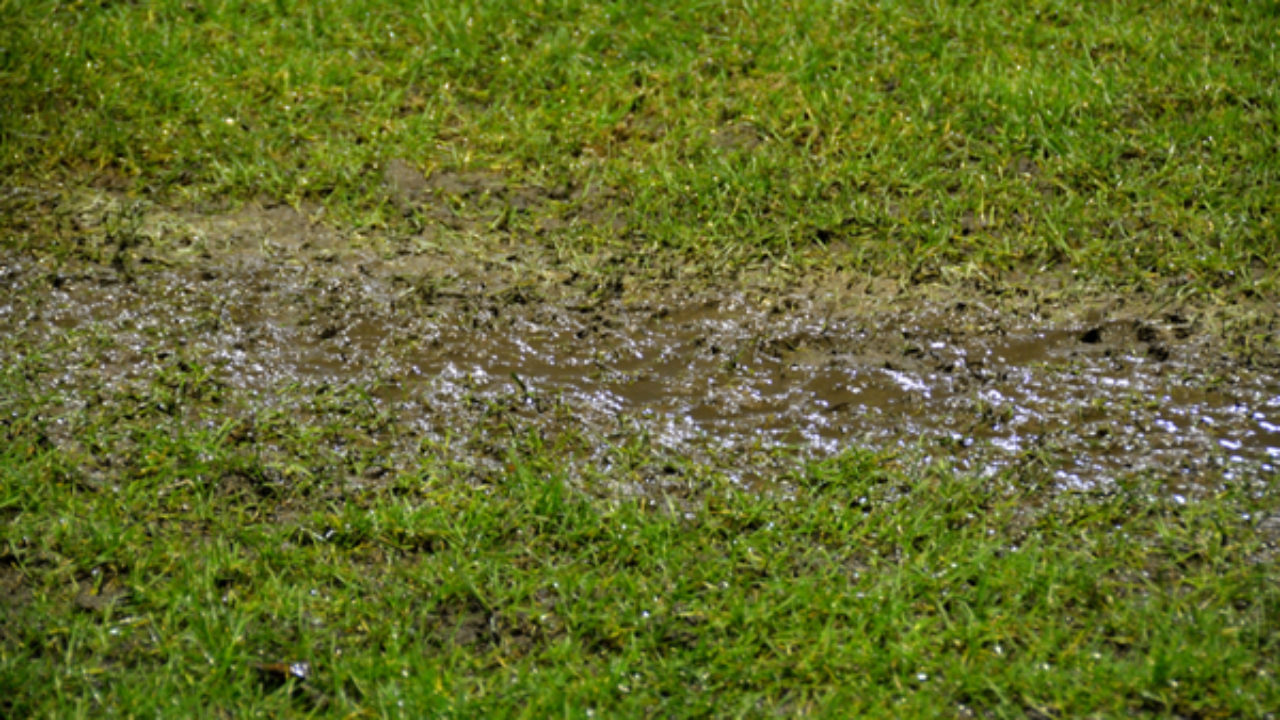6 Ways to Discover Concealed Water Leakages in Your House
6 Ways to Discover Concealed Water Leakages in Your House
Blog Article
What're your thoughts with regards to Leaking water lines?

Early detection of leaking water lines can reduce a prospective calamity. Aside from saving you money, it will certainly lessen the aggravation and aggravation. The moment you locate a leakage, calling your plumber for repairs is the best service. Nonetheless, some little water leakages might not show up. If you can not find it with your naked eyes, here are some hacks that help.
1. Check Out the Water Meter
Every home has a water meter. Inspecting it is a proven way that helps you discover leaks. For starters, shut off all the water resources. Guarantee no person will certainly flush, use the faucet, shower, run the washing equipment or dish washer. From there, go to the meter and watch if it will alter. Because no one is utilizing it, there must be no activities. If it relocates, that indicates a fast-moving leak. Furthermore, if you detect no changes, wait an hour or two and check back once again. This indicates you might have a sluggish leak that can even be below ground.
2. Examine Water Intake
If you find sudden modifications, in spite of your consumption being the same, it indicates that you have leaks in your plumbing system. An unexpected spike in your costs shows a fast-moving leak.
A consistent increase every month, even with the very same behaviors, shows you have a sluggish leak that's also slowly rising. Call a plumber to completely examine your property, specifically if you feel a warm area on your flooring with piping underneath.
3. Do a Food Coloring Test
When it comes to water intake, 30% comes from bathrooms. If the color somehow infiltrates your bowl during that time without flushing, there's a leak between the tank and bowl.
4. Asses Exterior Lines
Don't neglect to examine your outdoor water lines also. Test faucets by attaching a garden pipe. Needs to water seep out of the connection, you have a loose rubber gasket. Change this and make sure all connections are limited. It will certainly help get it expertly took a look at as well as kept each year if you have actually got a lawn sprinkler system. One tiny leakage can squander tons of water and surge your water expense.
5. Check as well as Analyze the Circumstance
Property owners must make it a behavior to examine under the sink counters and even inside cabinets for any kind of bad odor or mold and mildew growth. These two red flags show a leakage so timely attention is needed. Doing routine assessments, also bi-annually, can conserve you from a significant issue.
Examine for discolorations as well as weakening as the majority of pipelines as well as devices have a life span. If you suspect dripping water lines in your plumbing system, do not wait for it to rise.
Early detection of leaking water lines can reduce a potential catastrophe. Some little water leakages might not be visible. Checking it is a guaranteed method that helps you uncover leaks. One little leak can waste bunches of water as well as surge your water costs.
If you believe leaking water lines in your plumbing system, don't wait for it to escalate.
WARNING SIGNS OF WATER LEAKAGE BEHIND THE WALL
PERSISTENT MUSTY ODORS
As water slowly drips from a leaky pipe inside the wall, flooring and sheetrock stay damp and develop an odor similar to wet cardboard. It generates a musty smell that can help you find hidden leaks.
MOLD IN UNUSUAL AREAS
Mold usually grows in wet areas like kitchens, baths and laundry rooms. If you spot the stuff on walls or baseboards in other rooms of the house, it’s a good indicator of undetected water leaks.
STAINS THAT GROW
When mold thrives around a leaky pipe, it sometimes takes hold on the inside surface of the affected wall. A growing stain on otherwise clean sheetrock is often your sign of a hidden plumbing problem.
PEELING OR BUBBLING WALLPAPER / PAINT
This clue is easy to miss in rooms that don’t get much use. When you see wallpaper separating along seams or paint bubbling or flaking off the wall, blame sheetrock that stays wet because of an undetected leak.
BUCKLED CEILINGS AND STAINED FLOORS
If ceilings or floors in bathrooms, kitchens or laundry areas develop structural problems, don’t rule out constant damp inside the walls. Wet sheetrock can affect adjacent framing, flooring and ceilings.
https://www.servicemasterbyzaba.com/blog/how-to-detect-water-leakage-in-walls/

Do you like reading about Top leak detection hacks? Make feedback down the page. We will be pleased to know your thinking about this blog entry. We hope to see you back again in the future. Are you aware of somebody else who is enthusiastic about Locating water leaks? Do not hesitate to share it. I praise you for your time. Don't forget to come visit our blog back soon.
Report this page